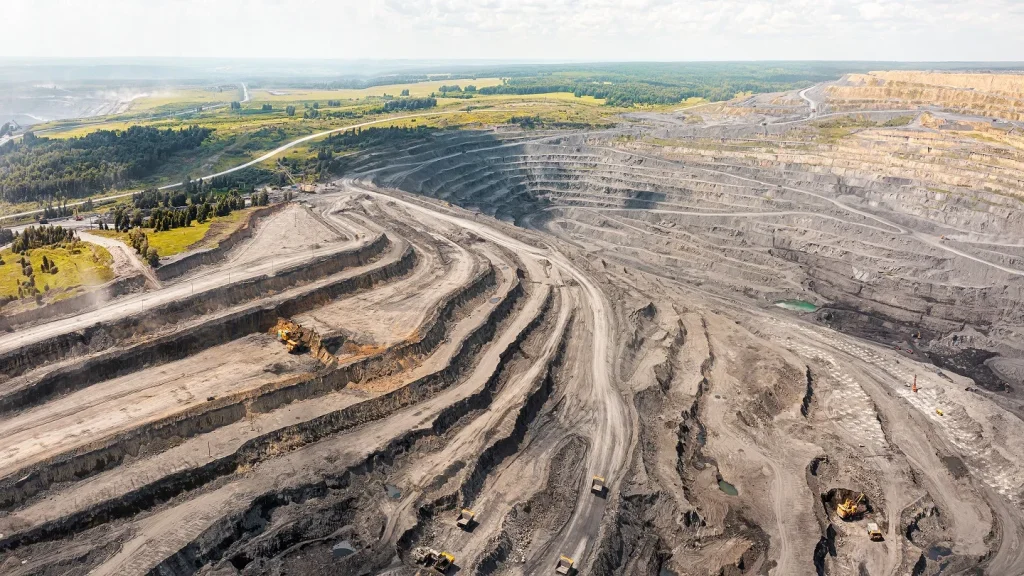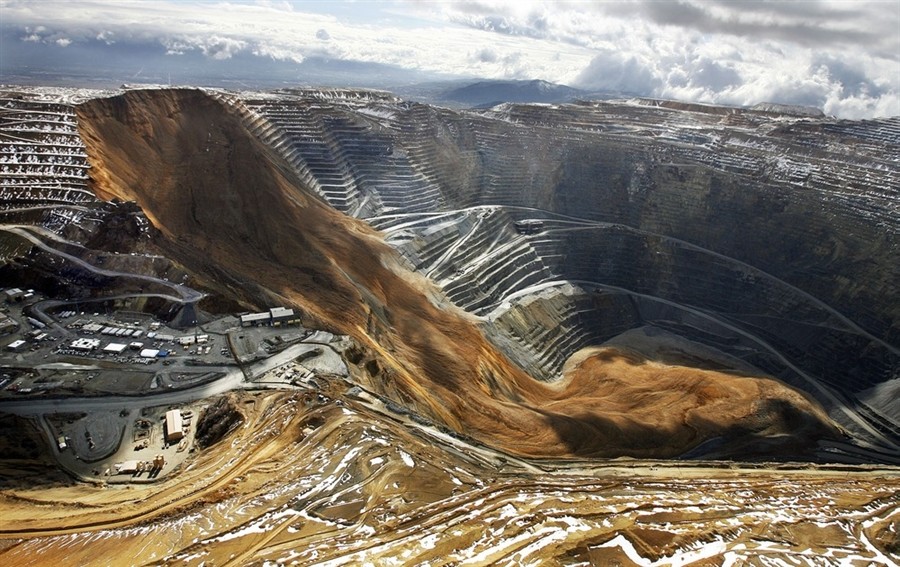The mining industry in Nigeria has enormous unrealised potential and presents chances for both small- and large-scale mining businesses. Over 55 million metric tonnes of limestone were produced in Nigeria in 2022, making it the main mineral produced in the nation. Although only producing 5 tonnes of gold a year, more artisanal mining is anticipated to lead to an increase in gold production.

One notable example of Nigeria’s growing mining potential is Segilola Resources Operating Limited (SROL), which runs Nigeria’s first large-scale gold mine in Osun State. After overcoming legal and environmental challenges, SROL resumed operations and is expected to make a significant contribution to the country’s gold output. This case exemplifies both the risks and rewards of mining in Nigeria, as regulatory hurdles coexist with vast resource opportunities.
Investors are drawn to the nation primarily because of its competitive production costs. Nigerian gold extraction costs are between $800 and $1,000 per ounce, which is much less than the $1,100–1,300 global average. Nigeria’s lower labour and energy costs enable mining corporations to operate with narrower profit margins, hence attracting investment interest in the sector.
Furthermore, government initiatives to reduce It is now simpler for new players to enter the market because to reduced tax costs and simplified mining licenses. By 2025, the mining sector’s output is predicted to increase dramatically, and its share of Nigeria’s GDP would rise from 0.3% to 3%. The pattern points to profitable expansion for businesses that are currently established in Nigeria or intend to enter its mining sector.
Nigeria’s mining industry offers a chance for long-term profitability, driven by resource richness and cost competitiveness, as the world’s demand for metals and minerals rises. This is especially true for materials needed in building and renewable energy.




